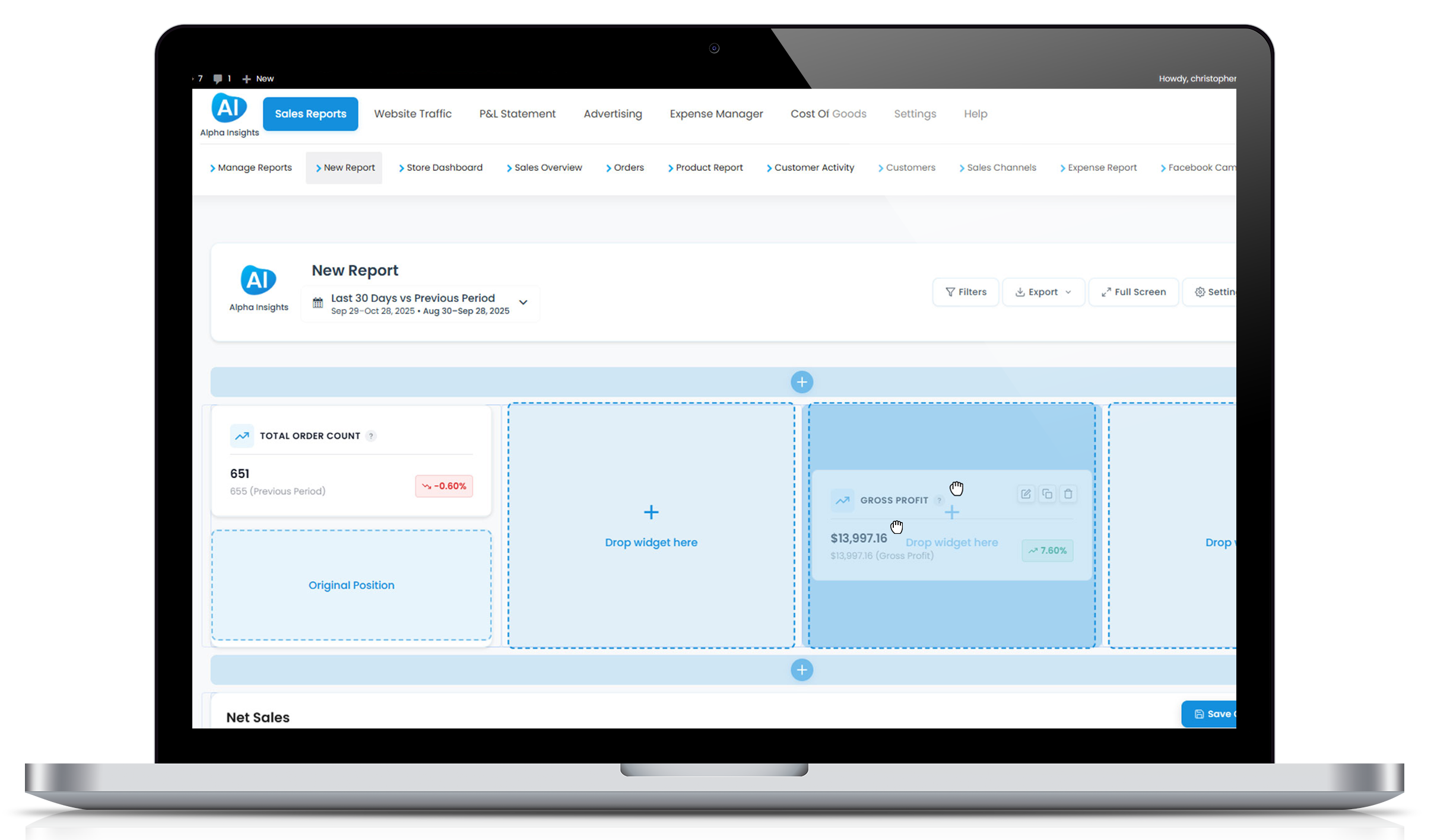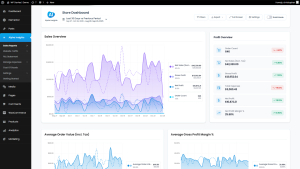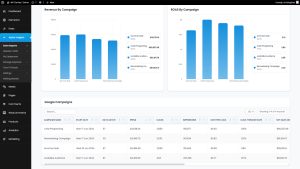How to Measure the ROI of Your WooCommerce Marketing Efforts
Marketing is the lifeblood of your WooCommerce store. It gets people to notice your products, visit your site, and (hopefully) click that gloriously satisfying “Buy Now” button. But there’s a big question lurking behind every successful Facebook ad campaign, email blast, or Google search ranking: is it worth it?
The answer lies in measuring the return on investment (ROI) of your WooCommerce marketing efforts. By understanding which strategies drive the most value—and which don’t—you can fine-tune your campaigns, increase your profitability, and grow your store with confidence.
In this article, we’ll dive into the nitty-gritty of measuring WooCommerce marketing ROI, explore key metrics, and show you how tools like Alpha Insights can simplify the process and take your analysis to the next level. Let’s get started!
What Is Marketing ROI and Why Does It Matter?
At its core, ROI (Return on Investment) is a measure of how effectively your marketing efforts generate revenue. It’s the ratio between the profit you make and the amount you spend on a particular campaign or strategy.
How to Calculate Marketing ROI:
The basic formula for ROI looks like this:
ROI (%) = [(Revenue – Marketing Cost) / Marketing Cost] x 100
For example, if you spent $500 on a marketing campaign and generated $2,000 in revenue, your ROI would be:
ROI = [(2000 – 500) / 500] x 100 = 300%
But here’s the kicker: marketing ROI isn’t just about big numbers—it’s about using those numbers to make better decisions. By analyzing ROI, you can:
- Identify which campaigns bring in the most profit.
- Eliminate low-performing strategies that eat up your budget.
- Allocate resources efficiently for maximum impact.
In other words, ROI is your roadmap to smarter, more profitable marketing efforts.
Steps to Measure WooCommerce Marketing ROI
1. Define Clear Goals
Before you can measure, you need to set the stage. What do you want to achieve with your marketing efforts? While sales and revenue are obvious answers, your goals might also include:
- Increasing website traffic.
- Growing your email list.
- Building brand awareness.
- Generating leads for future sales.
By defining clear, measurable goals, you’ll be better equipped to assess whether your campaigns are hitting the mark—or falling short.
2. Track Your Costs
Next, tally up all the costs associated with your marketing efforts. This includes more than just ad spend. Depending on your campaign, you’ll want to account for:
- Ad budgets (e.g., Facebook, Google, TikTok).
- Software or tools (email marketing platforms, analytics plugins).
- Content creation costs (video production, blog writing, graphic design).
- Labor costs for your team or a freelancer.
By tracking these costs, you’ll have a clear understanding of how much money is going out—a crucial step in calculating your ROI accurately.
3. Monitor Revenue and Conversions
Now comes the fun part: tracking the revenue your campaigns generate. Thankfully, WooCommerce offers built-in reporting features, but for more granular insights, you might want to use tools like Alpha Insights. It allows you to analyze revenue and conversion rates from individual campaigns, giving you a detailed look at how your marketing strategies are performing.
Metrics to Monitor:
- Total Revenue: The dollar amount generated from the campaign.
- Conversion Rate: The percentage of visitors who complete a desired action (e.g., making a purchase).
- Customer Lifetime Value (CLV): The total revenue you can expect from a single customer over their entire relationship with your business.
The more data you collect, the more informed your ROI calculations will be.
4. Attribute Revenue Accurately
Here’s where things can get tricky: not all marketing efforts lead directly to a sale. For instance, a Google Ad might drive traffic to your site, but the customer only buys after receiving your follow-up email. So, who gets the credit—the ad, the email, or both?
To solve this, use attribution models to distribute credit among touchpoints. Tools like Google Analytics or Alpha Insights can help you apply attribution models (e.g., first-touch, last-touch, or multi-touch) to more accurately measure the impact of each campaign on your revenue.
5. Include Indirect Benefits
While ROI primarily focuses on revenue, some campaigns provide indirect benefits that are harder to quantify—like increased brand awareness or customer engagement. While these might not show up in your ROI formula immediately, they’re still valuable in the long-term growth of your store.
For example:
- Social media campaigns may improve your brand’s visibility, leading to future sales.
- Content marketing (like blog posts) can boost SEO, driving free organic traffic over time.
Make sure to weigh these benefits alongside your direct returns when evaluating your campaigns.
Key Tools for Measuring WooCommerce Marketing ROI
1. Google Analytics
Google Analytics is a powerhouse for tracking visitor behavior, acquisition sources, and conversions. Connect your WooCommerce store to Google Analytics and monitor metrics like traffic referral channels, goal completions, and eCommerce conversion rates.
2. WooCommerce Analytics
Your WooCommerce store comes with its own analytics dashboard, which provides insights into order activity, top-selling products, and revenue by channel. For small stores, this might be enough to measure basic ROI. However, more complex campaigns often require deeper insights.
3. Alpha Insights
To take your analysis to the next level, consider using a tool like Alpha Insights. This WooCommerce analytics plugin helps you go beyond surface-level metrics by providing detailed profitability reporting, expense tracking, and ad account integration. By accurately attributing expenses and revenue, Alpha Insights gives you a crystal-clear picture of your ROI.
With Alpha Insights, you can identify which marketing efforts truly deliver value, enabling smarter decisions and higher profitability. Ready to level up your performance tracking? Download Alpha Insights now and start making data-driven marketing decisions.
Common Pitfalls in Measuring WooCommerce Marketing ROI
1. Neglecting Hidden Costs
- Make sure to include all indirect costs, like tools and labor, to avoid overestimating your ROI.
2. Focusing Only on Short-Term Gains
- Some campaigns—like SEO or content marketing—have a delayed return. Keep these in mind when evaluating performance.
3. Ignoring the Customer Journey
- Attribute revenue across touchpoints to get an accurate view of campaign contributions.
Conclusion
Measuring the ROI of your WooCommerce marketing efforts is essential for fine-tuning your strategy and maximizing profitability. By defining clear goals, tracking costs, monitoring revenue, and leveraging tools like Alpha Insights, you can gain actionable insights into what works—and what doesn’t.
Remember, ROI isn’t just a number; it’s a guide to smarter decision-making. So, take the plunge, start analyzing your campaigns, and pave the way for sustainable growth in your WooCommerce store. Happy measuring!





